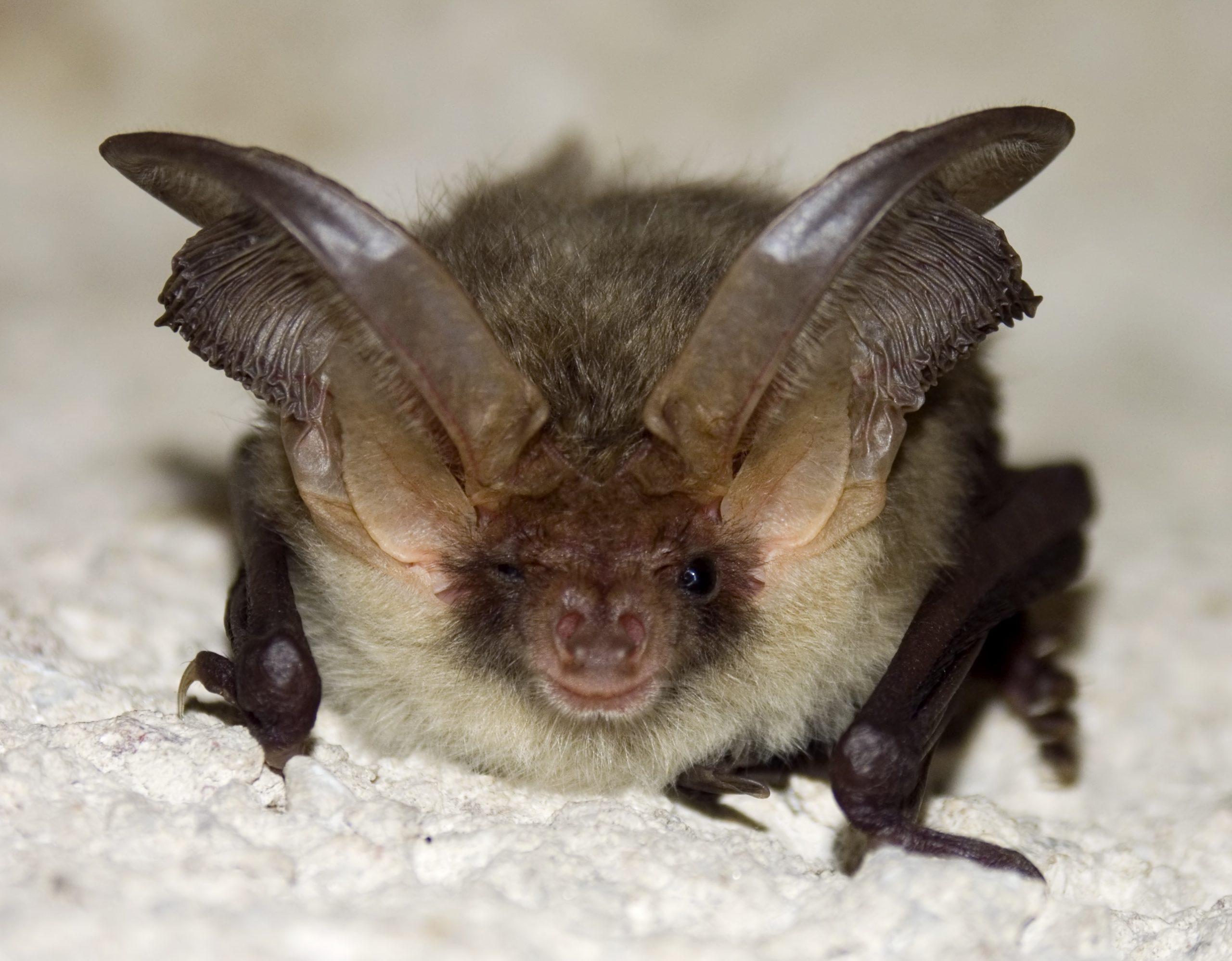Bats have long had a certain mystery to them that yields to a fascination of them in my mind. They have a special place in our pop culture giving rise to superhero characters such as Batman and historical pop icons like Dracula. I remember the pandamonium that resulted in our household after returning home after a month long vacation to find out a bat had taken up residence in our bedroom!
An interesting article was published in Nature in January 2021 that discusses why Bats are special with regards to why they are able to be a reservoir for so many zoonotic viruses. In a time of COVID-19 and preparing for the next pandemic this is very important to understand.
I didn’t know that Bats are quite remarkable in many respects. Firstly, they comprise about 25% of all mammalian species in the world (1400+ out of a total 6000+). For their body weight – they live surprisely long. Comparing the longevity of mammals adjusted for body weight – humans would be 20th. Of the 19 mammals ahead of humans – 18 are bats species and 1 is the naked mole-rat. They also have one of the lowest rates of cancer in mammals.
Scientists have also remarked that many of the zoonotic virus outbreaks (SARS-COV-2, MERs, Ebola) have bats as their natural reservoir. This means that bats have been able to live with these viral infections chronically acting as reservoirs. These viruses have jumped from bats to other animals including humans causing disease. It appears that bat’s have developed over 60+ million years of evolution an immune system that recognizes these viruses but does not overreact to them. There is a response of their host defence to immune balance that makes bats unique in this respect from other mammals. If we can understand the nature of these immune adaptations it can have lessons and learnings for how humans could adapt to novel zoonotic viruses in the future as well strategies to combat ageing and potentially cancer prevention and treatment.
To read the original research review article in Nature click here.




